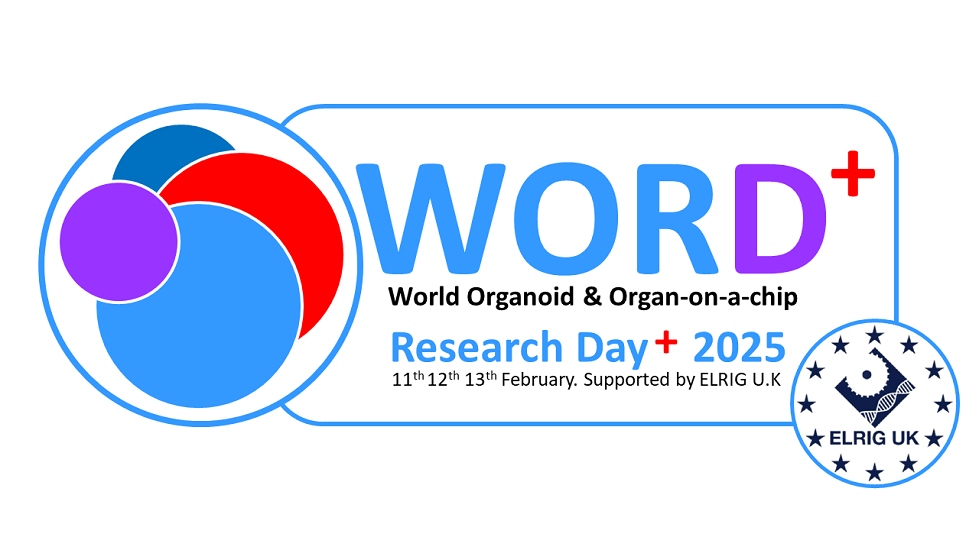Authors
L Butler1; D Magnani1; J Anton1; C Mansat-Bhattacharyya1; G Gulbahce1; R Burley1; O Fedorenko1; M Iovino1;
1 Charles River Laboratories, UK
Overview
Multi-electrode arrays (MEA) can be utilised in drug discovery to provide a link from in vitro screening to in vivo testing, safety assays, or by modelling the functional impacts of disease mutations.
Introduction
Here we describe the characterisation of human iPSC derived cortical neuron co-cultures, which includes glutamatergic excitatory neurons, GABAergic inhibitory neurons, and astrocytes (NeuCyte SynFire), using the Maestro Pro (Axion BioSystems).
Methods
These co-cultures were then used for compound screening and induction of seizure phenotypes. Immunocytochemistry shows the presence of both Glutamergic (VGLUT1) and GABAergic (GABA) neuronal markers along with astrocytic markers (GFAP). Over the course of 28 days, the neuronal co-culture shows an increase in mean firing rate as well as the development of spontaneous oscillatory activity (network bursts) with increasing synchronicity.
Results
Diazepam (GABAA agonist) caused a disruption of synchronous activity, decrease in mean firing rate and network burst activity, with a IC50 comparable to literature data. Seizurogenic activity was produced in response to bicuculine (GABAA antagonist) as shown by increase in network burst frequency and duration.
Conclusion
These data show the suitability of human iPSC-derived neurons for compound profiling and assessment of seizurogenic liability.
Future work will include validating this system with cortical organoid type cultures and include co-culture of relevant cells types to produce a more translational system.

